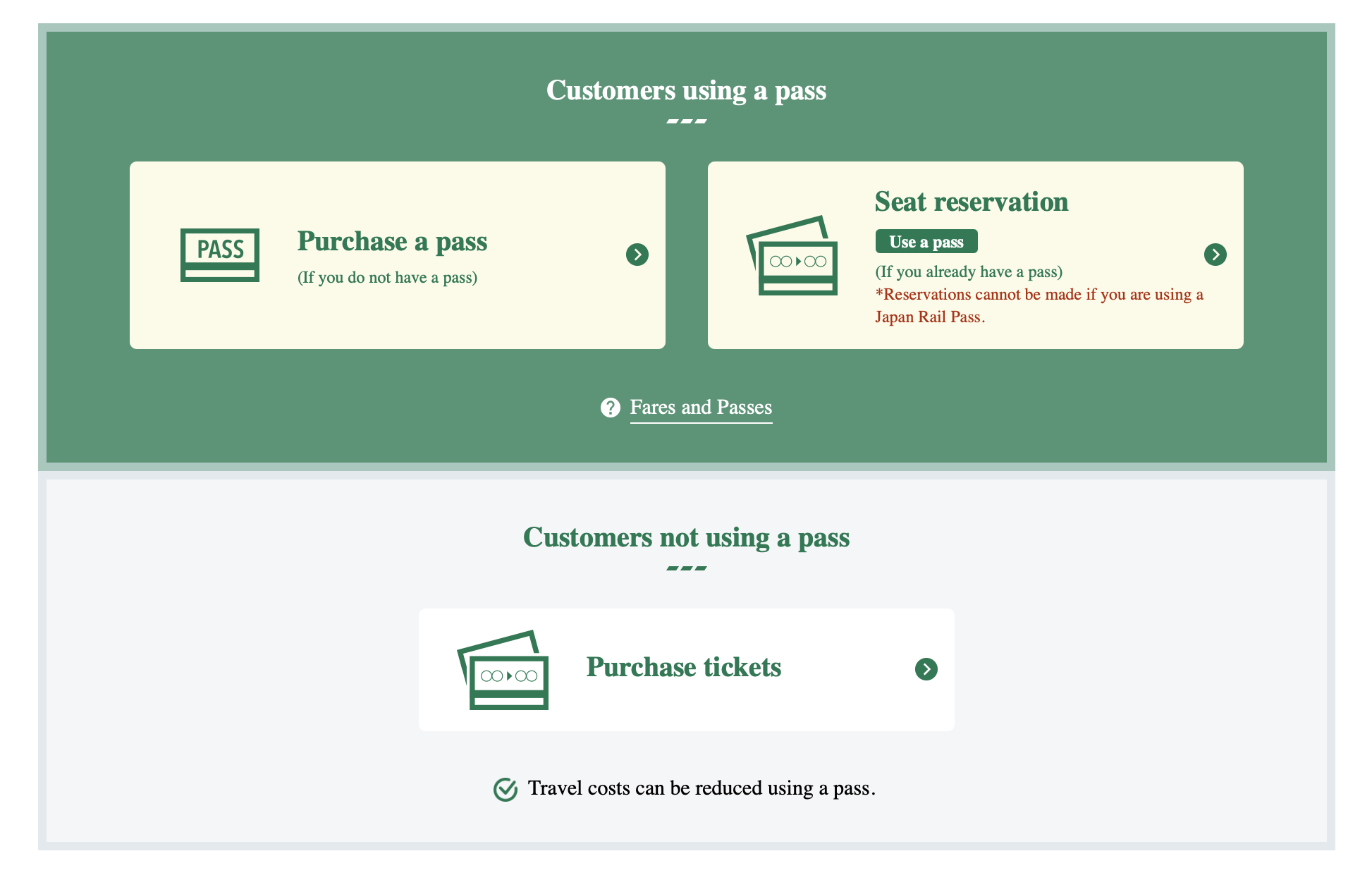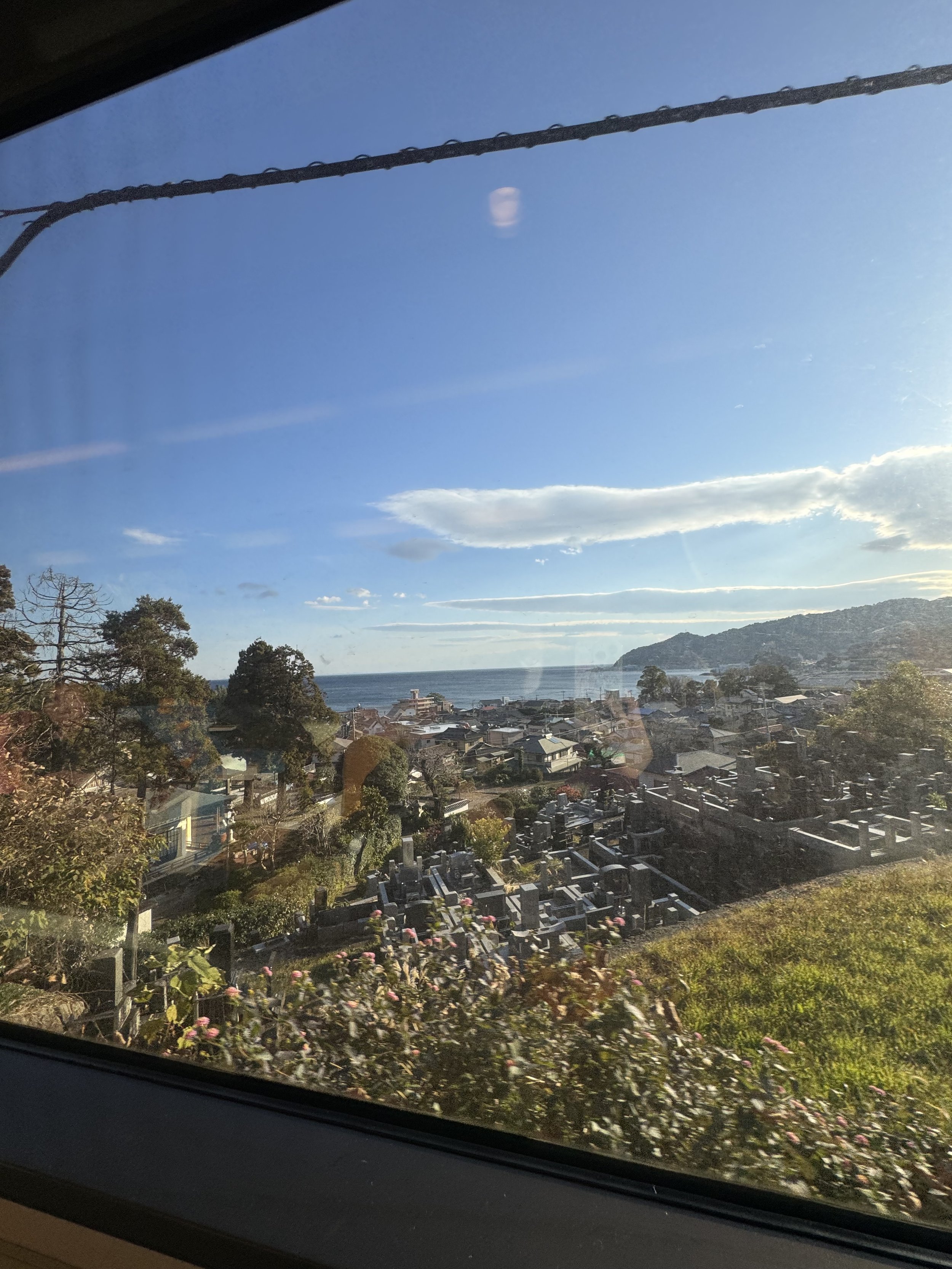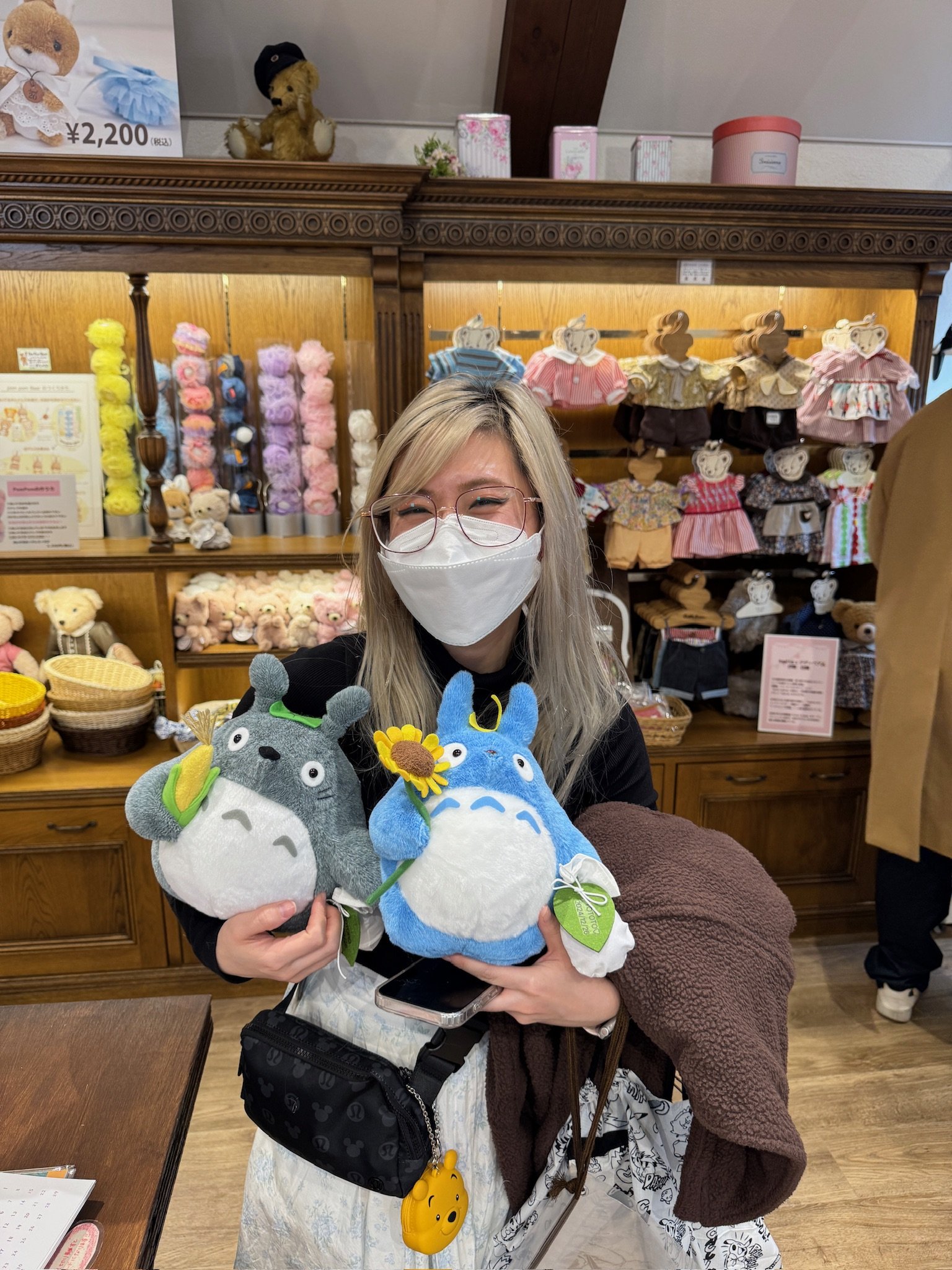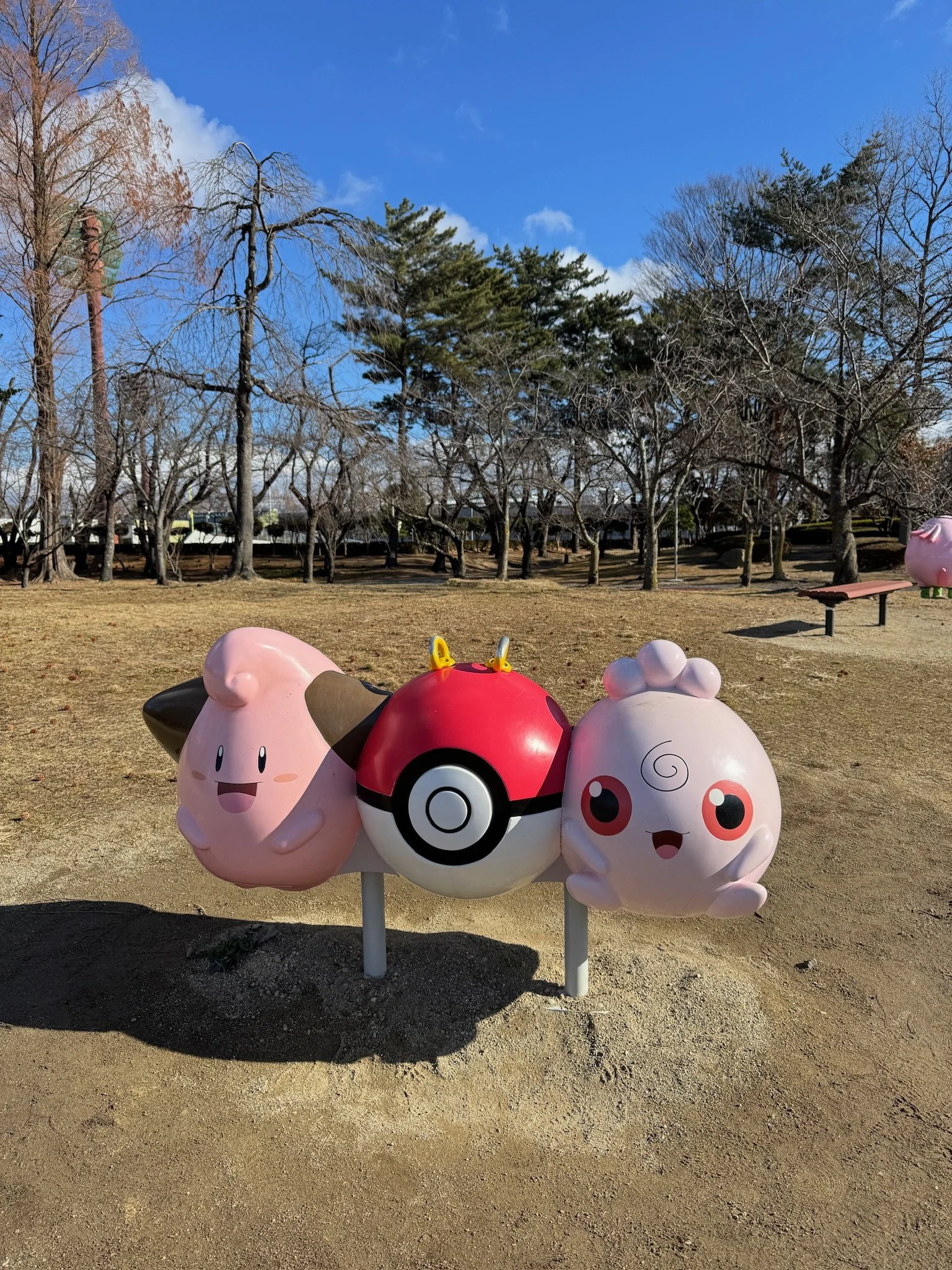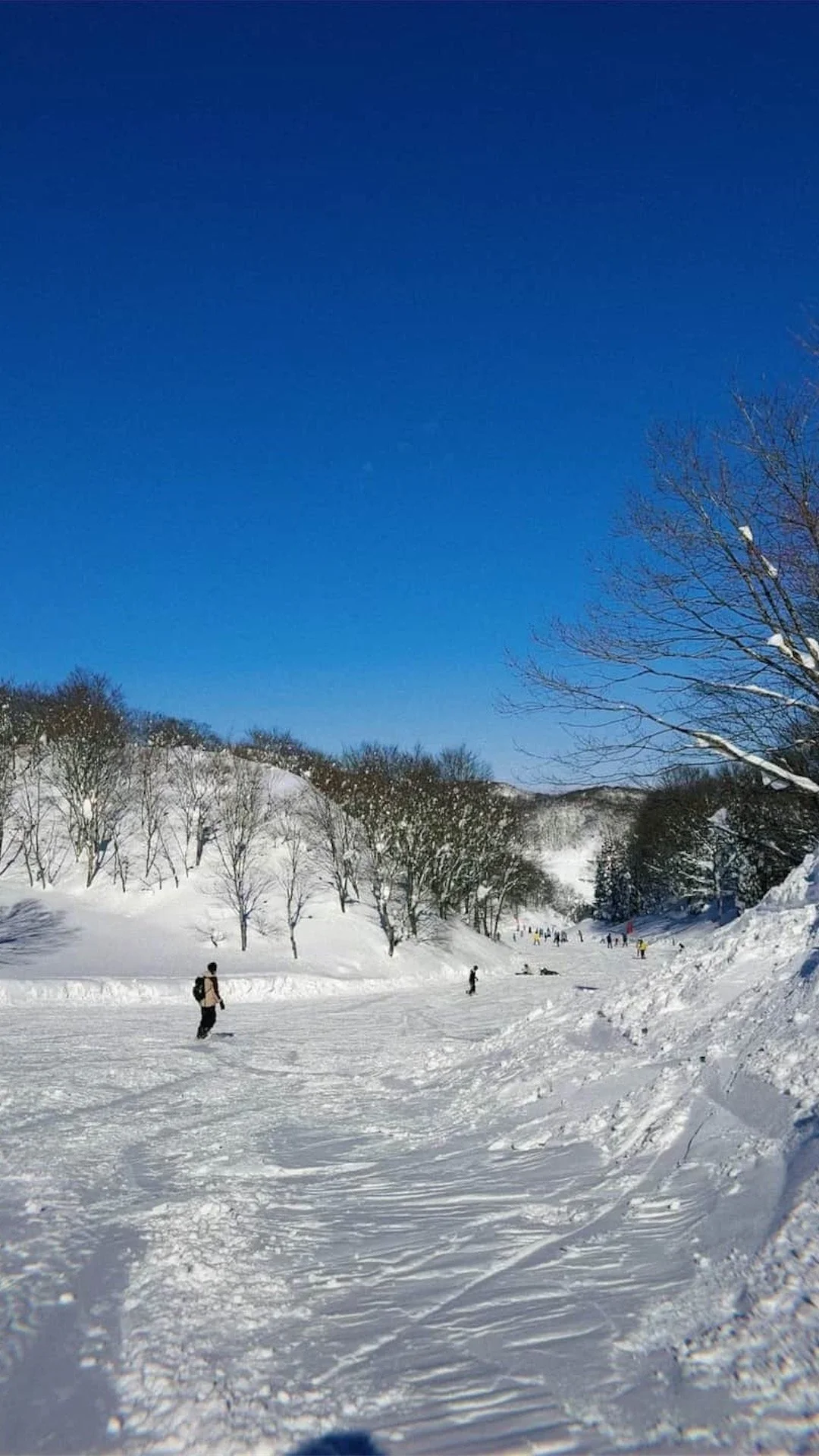Maximizing your travel in Tokyo using the JR East Tohoku Pass
If you’re traveling to Japan and want to travel to different cities throughout the country, there’s no doubt you’ve come across the JR system in your travel research. The Japan Railway company operates many of the trains that run throughout the country and operate the famous shinkansens that bring travelers to different cities at super fast speeds.
Japan Rail Passes
Something that you might consider during your travels is purchasing a Japan Rail pass, which is basically an unlimited Japan Rail transportation pass that lasts for a set amount of days.
Different JR Passes
There are actually several different Japan Railway companies that exist throughout Japan, and they are not the same. However, they do all exist as a group known as the Japan Railways Group. If you’re planning to stay or travel within a specific region, it might be more economical to look for travel passes that are specific to the company operating in the region you’re focusing on.
If you’re looking for a JR pass that covers the entire country, you may want to look into the Japan Rail Pass which is valid for all the JR companies for the duration of the pass. This gives you the most access, but is also the most expensive option coming in at 50,000 yen per adult for the Ordinary car or 70,000 yen per adults for the Green car for a 7-day pass.
It’s important to see which pass covers most or all of the routes you expect to take to make sure that it works for you. This requires some planning if you want to make sure you’re maximizing your pass or at least covering the cost of it in train trips.
I’ve used the Japan Rail pass several times in previous years when visiting Japan and it’s been a great utility for easily taking shinkansens to different cities. However, when I used the Japan Rail passes, they were around 30,000 yen per adult for the Ordinary car for a 7-day pass.
Since the price increase that came around 2023, I haven’t purchased a Japan Rail pass and have instead opted for a more local JR East pass.
JR East specifically offers several types of regional JR passes that you can use, and if you’re mostly staying in or around the Tokyo area, these passes can potentially be a good cost saver for you.
A note about the Japan Rail Pass
The Japan Rail pass (the nationwide one) specifically is only available to tourists. So if you want to purchase a Japan Rail pass, you’ll actually need to purchase the voucher before your trip either through a travel agent or online. You’ll then have vouchers mailed to you that you exchange for the Japan Rail Passes at a JR Service Center in Japan.
Ordinary car vs. Green car
JR Shinkansen trains require seat reservations in order to ride the train. So if you’re a Green car JR pass holder, you can reserve seats in the Green cars, which have more premium seats and services, hence the higher price. The Green cars are good for people who want a more luxurious or comfortable train ride, so it might be worth the extra cost if you know you’re going to be taking a several-hours-long Shinkansen ride. Even with a Green car pass, however, there’s no guarantee that a train will have available Green car seats at your time of booking. If that’s the case, a Green car JR pass can reserve an Ordinary car seat.
For Ordinary car JR pass holders, you can only reserve an Ordinary car seat. If a train doesn’t have anymore Ordinary car seats to reserve, you may be able to hop in an Unreserved car, which is just a train car that has open seating, or you may have to just stand in the standing-room only area that exists between the train cars.
So far, I’ve only experienced the Ordinary car seats because I haven’t found a need to use the Green cars. But if you’re taking a Shinkansen from, say, Fukuoka all the way to Hokkaido or something, you might want to make the splurge and have a really good ride?
Seat Reservations
Seat reservations are pretty easy and straightforward to make for any of your train or Shinkansen rides. While I’m not too familiar with the other JR companies, since I booked a JR East Tohoku Pass, I was able to use the JR East website to easily reserve train tickets online.
Since I made an online account and purchased my pass that way, the pass was actually already linked to my account so that all train reservations that I made during my pass duration were already covered by the pass and I didn’t have to do any additional work to link them. However, if you do have a pass that’s not linked to an online account, I believe you can link them after the fact and it should work the same way.
If the online reservation system isn’t working for you, or you’d just prefer to have a person help you with it for more certainty, you can visit any JR Travel Service Center and speak with an agent. All you have to do is prepare your train routes - date, time, origin station, and destination station - and your JR pass in order and the agents can help you do the rest! If the travel service center is busy, they sometimes limit how many reservations the agents can make for you in the interest of serving other patrons, but if you go when there are fewer or no other customers, they can actually help you reserve as many as you’d like! You’ll get your tickets printed out on the spot, so if you’re booking train tickets in advance, just make sure you keep them safe before your day of travel!
I would highly recommend planning out your train routes ahead of time (you’ll want to do this anyway you make sure a JR pass is even worth the cost for you), and get the seats reserved as soon as possible. Train car reservations do run out, and if you’re working with a relatively tight schedule, then you’ll want to be absolutely certain that you get a reservation for the right train time.
Planning your routes
Once you’ve decided on your major locations and what kind of train rides you might need to take to get there, you’ll want to start looking at which JR passes will cover your longest and/or most expensive routes.
Several website offer JR fare calculators which you can use to calculate how much each route would cost. After adding up all of your routes you can see how much you would spend without a JR pass. If the amount exceeds the price of the JR pass, then you’ll probably want to get one.
Personally, I also find that Google Maps is a helpful estimate for these costs as well. It’s not 100% accurate (the JR East website will give you the exact amount), but it’s helpful and convenient for a quick calculation. As part of my trip planning, I already route all of my travel through Google Maps to get time estimates and to get an idea of what the transportation paths will look like, and since the estimated costs are already part of the route for public transportation routes, I use those as my estimates for ticket prices.
One thing to keep in mind, however, is the limited duration of the pass. All of your travel that you expect to take with the JR pass need to all occur within that duration, so if you’re traveling to a lot of cities or cities that are far away from each other, you might also want to consider whether or not you’ll be too rushed packing all of them within a 5-7 day time frame (if you get a 5- or 7- day pass). If it all works out for you, then fantastic! But I think it’s best not to sacrifice the time you’d want to spend in a city for the purpose of fitting it within a pass to “save money”.
Make sure you do the math!
Getting a Japan Rail pass used to be almost a no-brainer if you were planning to even just travel between a few large cities. If you took shinkansens between Tokyo, Kyoto, and Osaka (three of the major cities lots of tourists visit), those ticket prices would already exceed the price of a JR pass.
Nowadays, this isn’t really the case. The price of traveling between the same three cities today actually comes just under the cost of the 7-Day JR pass. So if those are your major travel plans, you actually might be better off just buying individual Shinkansen tickets per ride.
JR subway trains
JR subway trains that operate within the city are also covered by a JR pass for its active duration. Since there are so many different subway companies that operate in different cities, your miles may vary with these expenses. Inter-city subway trips are a pretty small cost though (about 170 yen one way in Tokyo), so I wouldn’t necessarily go through the pain of adding up all of these trips into your JR pass value, but just consider these as a bonus!
Using the JR East Tohoku Pass
For my recent trip to Japan, we decided to get the JR East Tohoku Pass. This pass covers a pretty large part of Japan, going as far south as the Izu peninsula and as far north as Aomori. Since we were primarily sticking to Tokyo as our home base and planning to take several day trips back to back, we felt like we were definitely going to get some good use out of this pass.
Here’s a breakdown of how I planned my trips and used the JR East Tohoku Pass.
Day 1 - Izu Peninsula
Train Cost: 2992 yen (Tokyo → Izu)
On the first day that our pass was activated, we headed down to the Izu Peninsula. We wanted to explore more towns outside of the bustling cities, and because we were there for the winter, I really wanted to check out the capybara onsen at the Izu Shaboten Zoo.
Between Tokyo and Izu, there aren’t any Shinkansens, but there is an express train. The express train, however, doesn’t start operating until late morning, and since we wanted to get an early start on our day, we opted for a regular train. This was a cheaper and slower option than what else was available, but it was the only train we could take to arrive in Izu before 10:00AM.
Since we made the trip all the way to Izu, we also checked out the Izu Teddy Bear Museum where we made our own Totoro plushies at their teddy bear workshop! This experience was so much fun, and I love the Totoros that we got to bring home with us!
We also decided to spend the night in Izu at Izukogen Village so that we could have a more relaxed day and evening, and not need to rush back to Tokyo.
Day 2 - Yokohama
Train Cost: 3990 yen (Izu → Yokohama), 580 yen (Yokohama → Tokyo)
From Izu we took an express train to Yokohama, and spent the day there. We walked around Yokohama Chinatown and enjoyed some baos, dim sum, and boba.
Then we went looking for any and all Pokemon things we could find! We found some Poke lids at different Yokohama destinations, and went looking for the Pokemon post office boxes distributed around the city as well!
Of course, we also had to stop by the Pokemon center to check it out too!
From Yokohama, we took a JR regular subway train back to Tokyo.
Day 3 - Koriyama
Train Cost: 8740 yen (Tokyo → Koriyama), 8740 yen (Koriyama → Tokyo)
Koriyama is a city in the Fukushima prefecture, and one of the cities that has a Chansey Lucky Park! Pokemon Local Acts named Chansey Fukushima’s ambassador Pokemon and set up these cute little Chansey parks around the prefecture.
Since Koriyama was right along one of the Shinkansen routes from Tokyo, we decided this would be a great spot to visit! I was looking for more Pokemon-based activities to do while we were in Japan and this was such a cute one and felt like a perfect candidate for a day trip! And, since I’ve never been to Fukushima before, I thought this would be great time to check it out!
We arrived in Koriyama in the late morning and took a bus to the Expo Park area where the Chansey Park is located. The expo park is quite large and is broken into several different park sections, so it took a bit of time to find the park, but as soon as I saw a large pink structure, I knew I’d found it!
After we got our fill of the park, we walked to a local ramen shop for lunch, then spent the rest of the day bussing around the city. The nearby Yodobashi also just so happened to have a Pokemon store pop-up inside, with Chansey there too, so of course we had to stop by!
After we were done for the day, we took the shinkansen back to Tokyo from Koriyama.
Day 4 - Ichinoseki
Train Cost: 13120 yen (Tokyo → Ichinoseki), 4020 yen (Pikachu train round trip), 4590 yen (Ichinoseki → Sendai), 11810 yen (Sendai → Tokyo)
You might be wondering what’s in Ichinoseki? Where is IchinosekI?
Prior to this trip, I didn’t know anything about this place or thought I’d end up visiting it. However! In my search for more Pokemon activities to check out while in Japan, I found out about the Pokemon with You Pikachu themed JR train!
This train runs between Ichinoseki Station and Kesennuma Station in the Iwate prefecture. It only runs on specific days so it requires some planning ahead and train seat reservations. The Pikachu train only has one small train worth of passenger seats, so we had to get these tickets as early as possible to ensure we could ride the train! In addition to a seat on the train, the reservation comes with a commemorative Pikachu train ticket and a stamp rally card that you fill out along the train route. The train also has a second car that’s a Pikachu themed play room! It's so cute and has sooo many PIkachus!
The Pikachu train tickets actually weren’t very expensive, but we did need to take the Shinkansen from Tokyo to Ichinoseki. On our way back, we made a small detour to Sendai and then took another Shinkansen back to Tokyo from Sendai. I wish we could have spent more time in Sendai, but the Pikachu train experience actually took longer than I had anticipated. Next time, we might make a separate trip just for Sendai!
This was a very long day that was primarily centered around riding trains from one place to another, but it was a lot of fun!
Day 5 - Gala Yuzawa
Train Cost: 7620 yen (Tokyo → Gala Yuzawa), 7620 yen (Gala Yuzawa → Tokyo)
On the final day with our JR pass, we went snowboarding! The Gala Yuzawa train route is only available in the winter seasons when the ski resorts are open, so it was great timing for us! We had actually already planned to visit Gala Yuzawa for a snowboarding day, so it was perfect that this route was covered with our JR pass already!
We had to leave early in the morning from Tokyo to get to the resort as soon as possible. Lots of people are traveling to and from the snow resort it’s also very important to book these train tickets as soon as possible as well. We booked our tickets about a week before our day trip and the return trains in particular were almost booked up! We really didn’t want to get stuck in Gala Yuzawa or get stuck standing for the whole train ride home because after a full day of snowboarding that would just be torture. Luckily we managed to book our seats on an earlier train back to Tokyo, but that just meant we had a shorter snowboarding day.
It was our first time going snowboarding though, so the amount of time we did have was plenty! And as soon as we got on the train around 4:00PM we all knocked out almost instantly 😴.
Recap
In total, all of our train rides for the 5 days that we had our JR East Tohoku Pass, we would have spent 73,242 yen per person. The pass itself costed us 30,000 yen per person! So I would definitely say that getting the JR pass this time around was for sure worth it.
After our marathon of day trips was over though, we were definitely exhausted. It was fun that we got to travel to all these different cities in a little under a week, but it’s not an itinerary for the feint of heart!
If this itinerary sounded a little too jam-packed for you, you could definitely reduce the trips and still get a good amount of use out of the pass! Just make sure to do the math!
